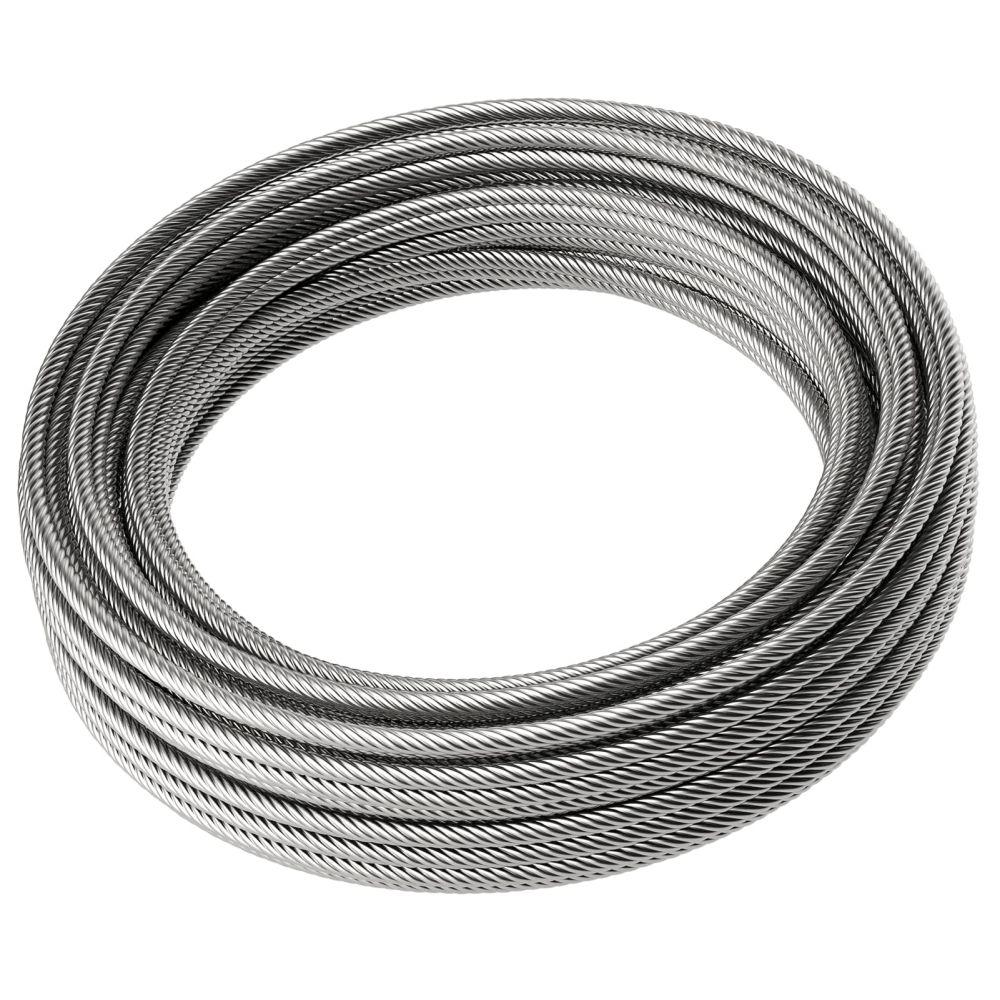
Stainless wire ropes are vital for their strength and corrosion resistance. Blogs offer insights for professionals and DIY enthusiasts on their uses and benefits. Here’s what you can typically expect to find in these blogs:
Moisture: Prolonged exposure to water, especially in humid or wet environments, can gradually erode the zinc coating. In marine environments, the presence of saltwater accelerates this process.
Chemicals: Industrial environments may expose the rope to acidic or alkaline chemicals, which can degrade the zinc coating faster.
Abrasion and Scratches: Physical damage to the zinc coating, such as scratches or abrasions, can expose the underlying steel to the elements. This is particularly common in applications where the rope is subject to constant friction or contact with rough surfaces.
Bending and Flexing: Frequent bending and flexing can cause micro-cracks in the zinc coating, eventually leading to rust formation in those areas.
Friction: Continuous use in pulleys, winches, and other machinery can wear down the zinc coating over time. Points of high friction are particularly vulnerable.
Aging: Over long periods, even in less harsh environments, the zinc coating may naturally degrade, making the steel underneath susceptible to rust.
To extend the lifespan of galvanized steel rope and maintain its resistance to rust, consider the following preventive measures:
Visual Checks: Periodically inspect the rope for visible signs of wear, damage, or corrosion. Pay special attention to high-stress areas and points of contact.
Detailed Assessment: Use tools like magnifying glasses or microscopes to detect micro-cracks or minor damages that might not be visible to the naked eye.
Dry Environment: Store the rope in a dry, indoor location when not in use. Avoid areas with high humidity or exposure to weather elements.
Ventilation: Ensure the storage area is well-ventilated to prevent moisture buildup, which can lead to corrosion.
Cleaning: Regularly clean the rope to remove dirt, salt, and other contaminants. Use mild detergents and water, and dry the rope thoroughly afterward.
Lubrication: Apply lubricants or anti-corrosive sprays to provide an additional protective layer. This helps in reducing friction and protecting against moisture.
Re-galvanization: If feasible, re-galvanize the rope after a certain period of use to restore the protective zinc coating.
Additional Coatings: Use specialized coatings, such as epoxy or polymer-based protectants, to enhance corrosion resistance.
Conclusion
Galvanized steel rope is highly resistant to rust due to its zinc coating, making it suitable for a wide range of applications where durability and longevity are essential. However, it is not entirely immune to rusting, especially when exposed to harsh environmental conditions, mechanical damage, or regular wear and tear. By implementing proper preventive measures such as regular inspection, proper storage, maintenance, and the application of additional protective coatings, you can significantly extend the lifespan of galvanized steel rope and maintain its integrity and performance over time.
Stainless wire ropes are vital for their strength and corrosion resistance. Blogs offer insights for professionals and DIY enthusiasts on their uses and benefits. Here’s what you can typically expect to find in these blogs: